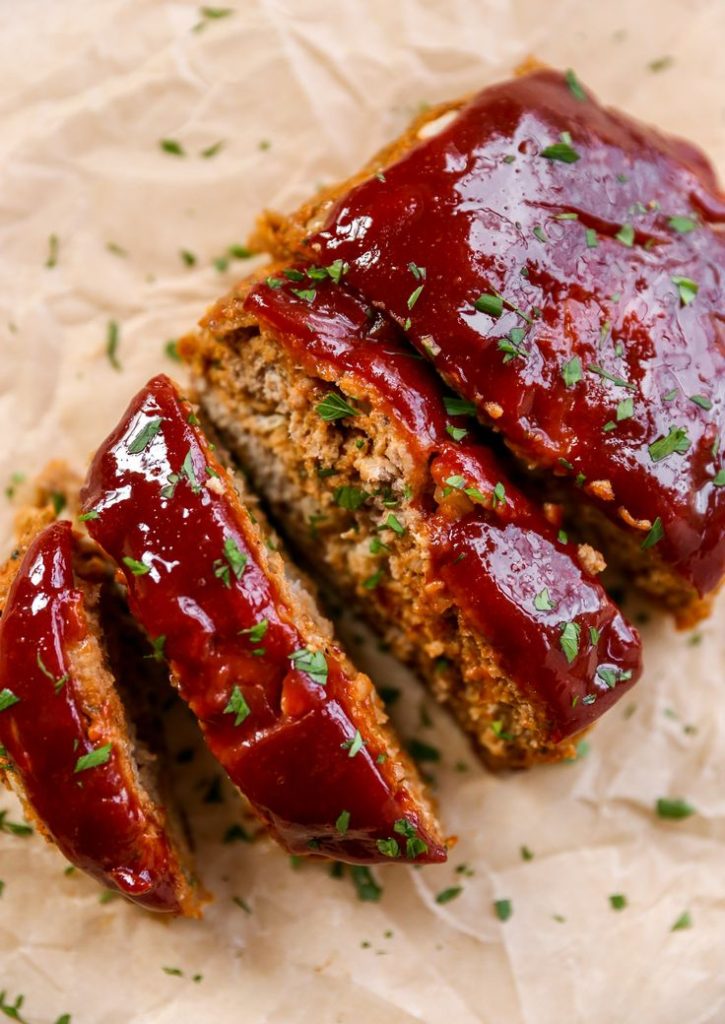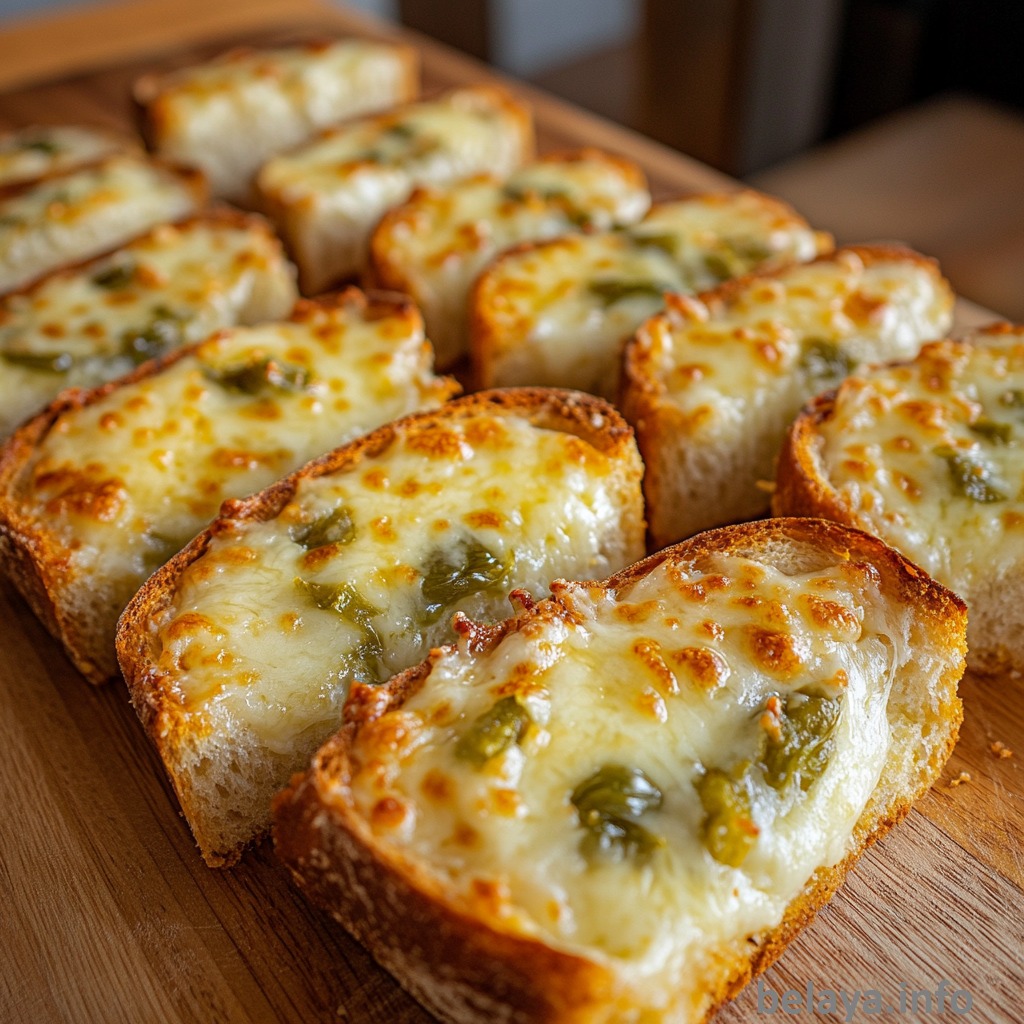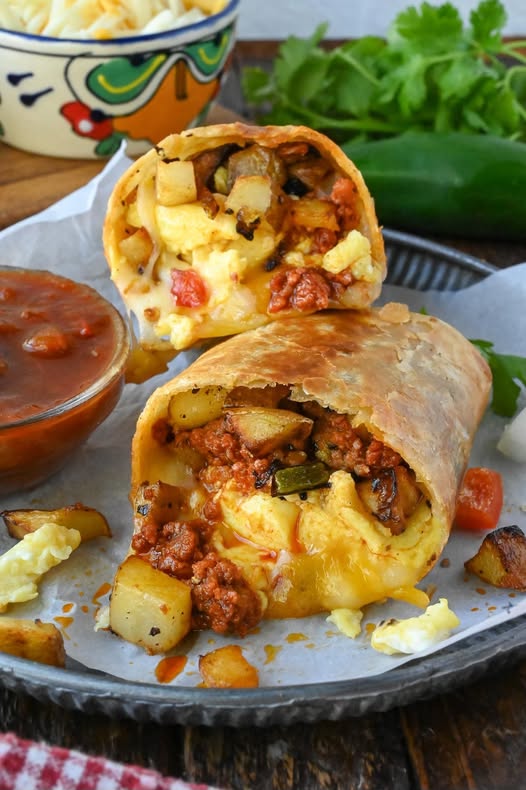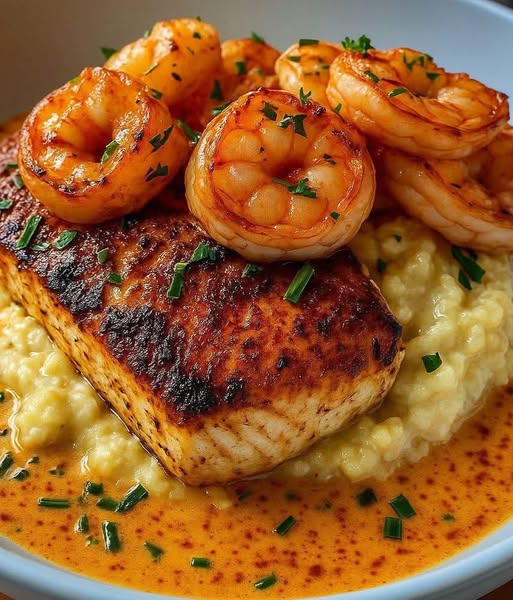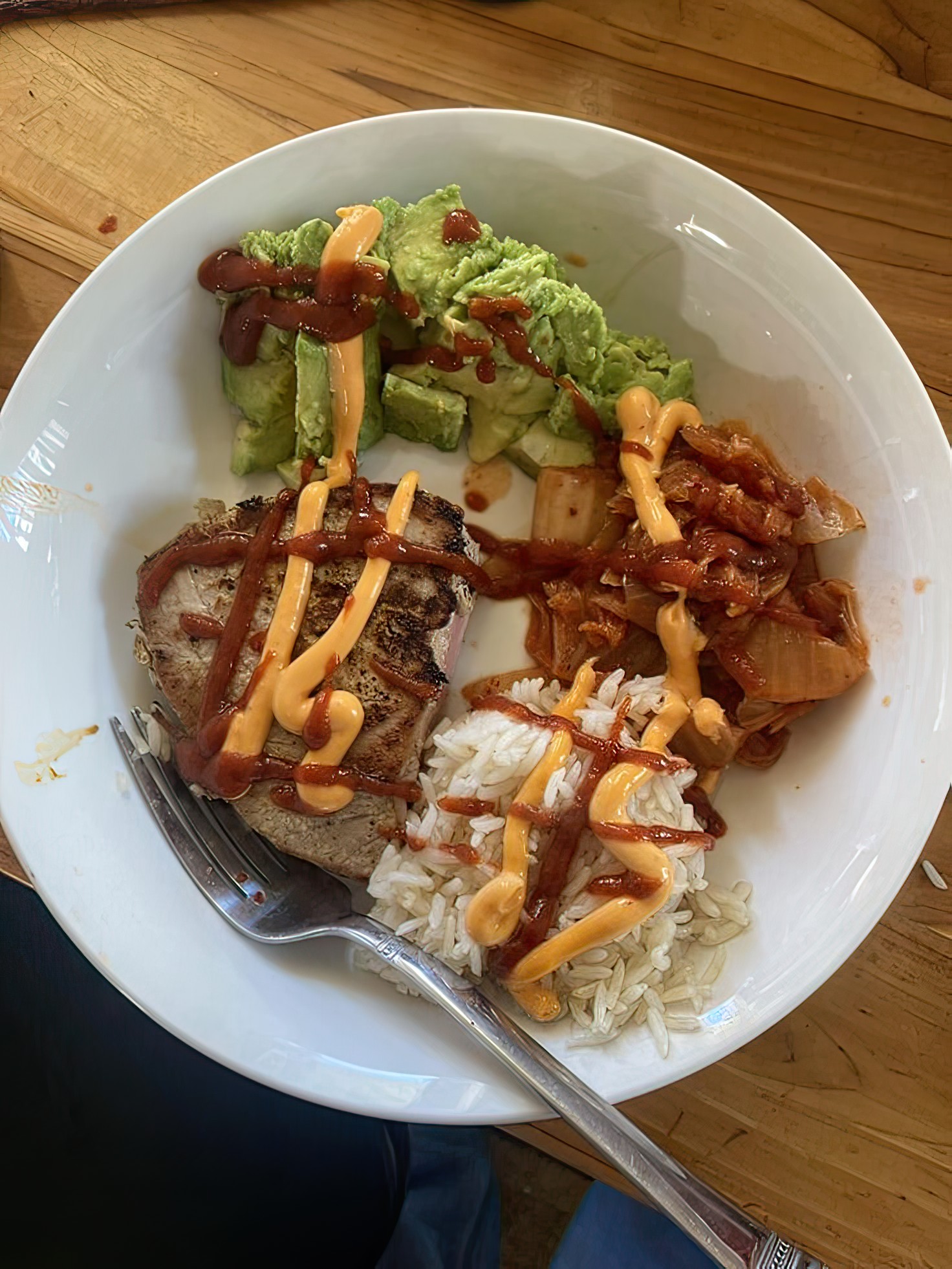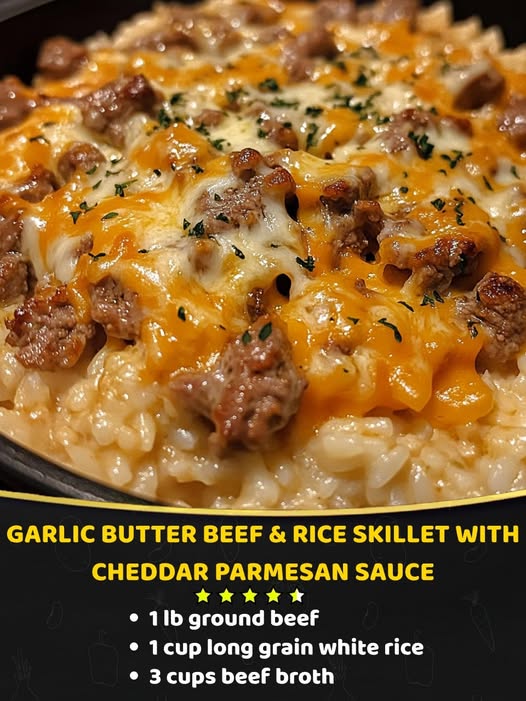Ah, turkey meatloaf—a dish that has nestled its way into many hearts and homes, proving that comfort food can indeed be both wholesome and delicious. This isn’t just any meatloaf; it’s a vibrant amalgamation of flavors, textures, and aromas that promise to elevate the humble turkey to new culinary heights. In this introduction, we’ll delve into the charming history of meatloaf and explore the unique ingredients and techniques that make this version a standout on any dinner table.
The Heartwarming History of Meatloaf
Meatloaf’s narrative is as rich and varied as the flavors it embodies. Its origins can be traced back to ancient Rome, where a mixture of minced meat, bread, and wine created a primitive version of what would eventually evolve into the dish we recognize today. Fast forward to the 19th century, and meatloaf had found its way into American kitchens, becoming a staple during the Great Depression. It was economical and adaptable, utilizing whatever ingredients were at hand to stretch a meal and feed a family.
By the mid-20th century, meatloaf had cemented its status as a quintessential American dish, often gracing the dinner table with a side of mashed potatoes and green beans. Yet, as with all things culinary, meatloaf has continuously evolved, reflecting the diversity and innovation of contemporary cooking. Enter turkey meatloaf—a lighter, more nutritious rendition that maintains all the hearty comfort of its beef counterpart while offering a healthier alternative.
Unique Ingredients and Flavor Profile
What makes turkey meatloaf particularly special is its ability to absorb and harmonize with a medley of flavors. The choice of ground turkey as the star ingredient is not merely a nod to health-conscious eating; it provides a subtle canvas that welcomes bold and vibrant seasoning. The inclusion of a finely chopped mirepoix—onions, carrots, and celery—infuses the meatloaf with a natural sweetness and aromatic depth. It’s akin to setting the stage with a symphony of flavors that crescendo with each bite.
Adding to this symphony are herbs such as thyme and rosemary, lending their earthy notes to the mixture. A hint of garlic provides a warm undertone, creating a foundation that’s both familiar and comforting. But the real secret weapon? A splash of Worcestershire sauce. It’s the umami bomb that ties everything together, bringing out the savory richness of the turkey in a way that’s both unexpected and delightful.
Cooking Techniques for Perfection
Achieving the perfect turkey meatloaf is both an art and a science. The technique begins with mixing the ingredients gently, ensuring that the meat remains tender and juicy. Over-mixing can lead to a dense, tough loaf, so think of it as coaxing the ingredients to mingle rather than forcing them together.
The cooking vessel is another crucial consideration. A loaf pan can provide structure, but free-forming the loaf on a baking sheet allows for better air circulation and a more evenly cooked dish. It’s akin to giving the turkey meatloaf room to breathe, ensuring that each slice is cooked to perfection.
And then there’s the glaze—a sweet and tangy topping that balances the savory elements of the meatloaf. Typically a blend of ketchup, brown sugar, and a dash of vinegar, this glaze caramelizes beautifully as it bakes, forming a luscious crust that’s simply irresistible. It’s the crowning glory, the cherry on top, if you will.
Why Turkey Meatloaf Deserves a Spot on Your Table
Turkey meatloaf is more than just a meal; it’s a testament to the adaptability and creativity inherent in cooking. It embodies a balance of tradition and modernity, paying homage to its roots while embracing contemporary flavors and health trends. Whether you’re a seasoned cook or a beginner in the kitchen, turkey meatloaf offers an opportunity to experiment, to make it your own, and to share a slice of comfort with those you love.
So, why not give it a try? With its rich history, vibrant flavors, and the promise of a satisfying meal, turkey meatloaf is ready to take center stage on your dining table. Whether you serve it with a classic side or innovate with a new twist, this dish is sure to become a cherished favorite.
Savory Turkey Meat Loaf
Description
This turkey meat loaf is moist, flavorful, and healthier than traditional versions. Ideal for a comforting dinner or leftovers, it's sure to be a family favorite.
Ingredients
Main Ingredients
Topping
Instructions
Preparing the Ingredients
-
Gather and prep your ingredients
Chop a medium onion finely, mince three cloves of garlic, and grate a carrot. Measure out your spices: 1 teaspoon of salt, 1/2 teaspoon of black pepper, 1 teaspoon of dried thyme, and 1 teaspoon of smoked paprika.Prepping your ingredients ahead of time makes the process smoother and ensures you don't miss anything.
Creating the Flavor Base
-
Sauté the aromatics
In a skillet over medium heat, add 1 tablespoon of olive oil. Once hot, add the chopped onion and cook until translucent, about 5 minutes. Toss in the garlic and grated carrot, cooking for another 2 minutes until everything is fragrant and soft.This step enhances the flavors, so don’t rush it; let the onions get sweet and golden.
Mixing the Meat Loaf
-
Combine ingredients
In a large bowl, combine 1 pound of ground turkey, the sautéed vegetables, spices, 1/2 cup of breadcrumbs, 1/4 cup of milk, and 1 large egg. Use your hands or a spatula to mix everything until just combined.Avoid over-mixing, as it can make the meatloaf tough. Aim for a consistent mixture without overworking the meat.
Forming and Baking
-
Shape and place in the pan
Shape the mixture into a loaf and place it in a lightly greased loaf pan or on a lined baking sheet.Shaping it by hand gives you control over the size and ensures even cooking. -
Bake to perfection
Preheat your oven to 375°F (190°C) and bake the meatloaf for about 45-50 minutes, or until an internal temperature of 165°F (74°C) is reached.Using a meat thermometer ensures it's cooked through without drying out. Let it rest for 10 minutes before slicing.
Note
For a juicier texture, consider adding grated zucchini or carrot to the turkey mix, as these veggies provide moisture and subtle sweetness. When forming the loaf, handle the mixture gently to avoid a dense consistency—overmixing can result in toughness. Use a meat thermometer to ensure the internal temperature reaches 165°F for safe consumption. Let the meatloaf rest for about 10 minutes after baking to allow the juices to redistribute, ensuring each slice is succulent. For an extra flavor boost, try incorporating a tablespoon of Worcestershire sauce or a teaspoon of smoked paprika into the mix. If you prefer a gluten-free version, substitute breadcrumbs with ground oats or almond flour. For a crispy, flavorful crust, brush the top with a mixture of ketchup and Dijon mustard before baking. If making ahead, the meatloaf can be prepped and stored in the refrigerator for up to 24 hours before baking, or freeze it for up to 3 months for future use.
